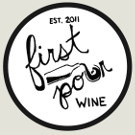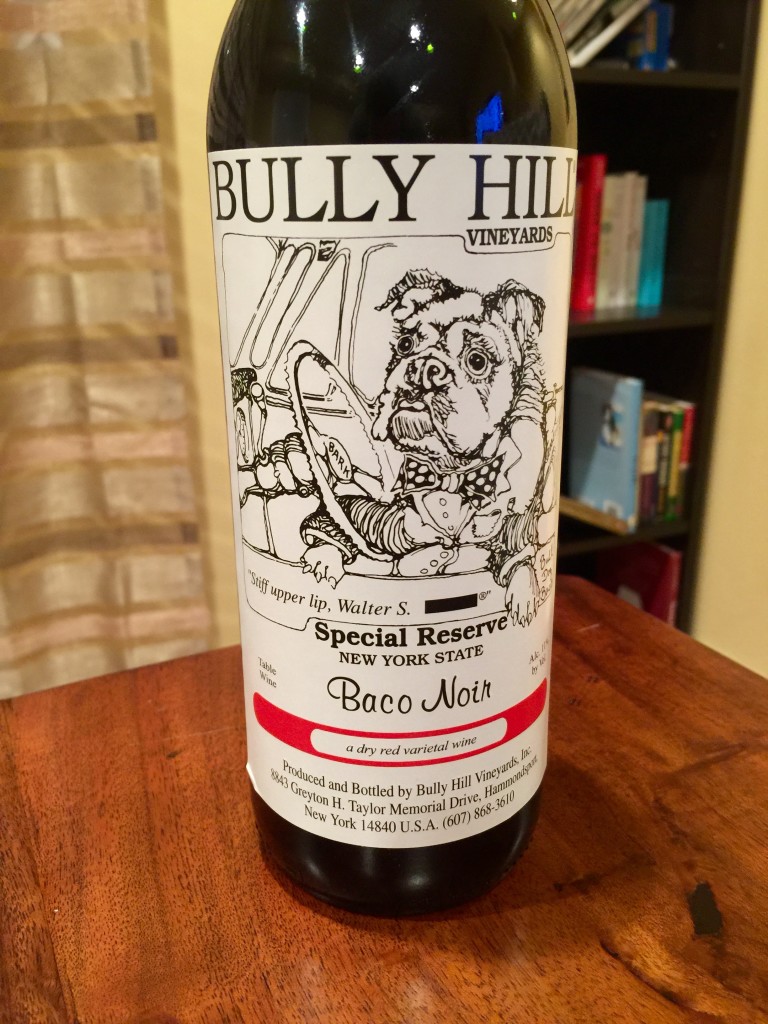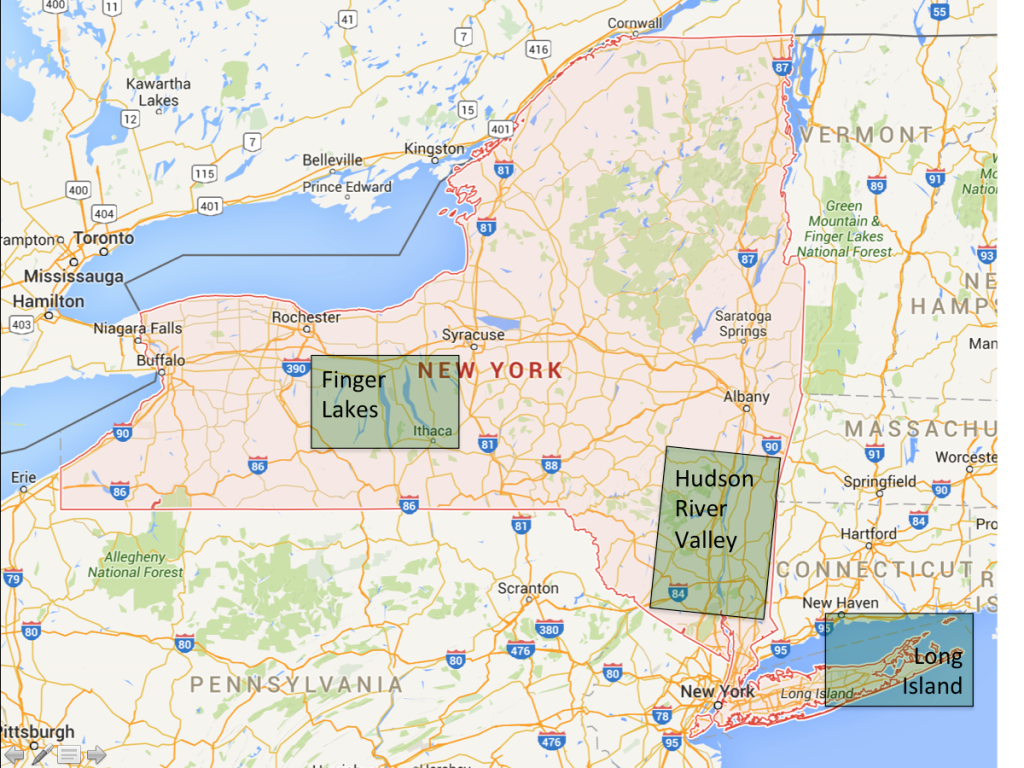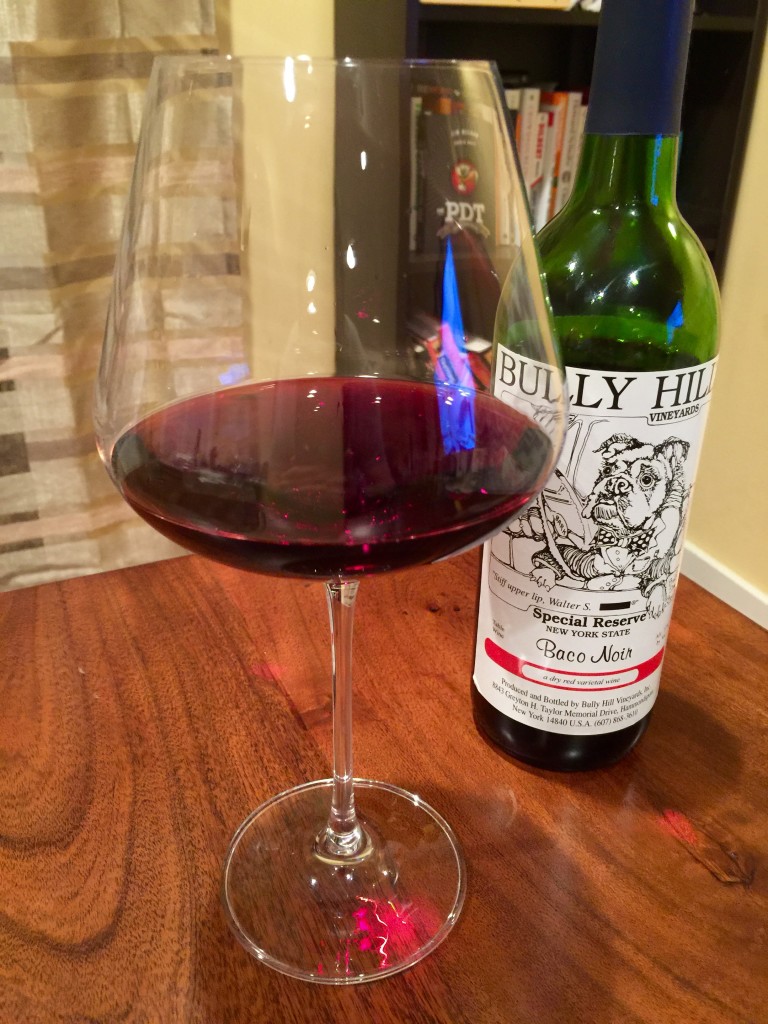Our continued series on New York has one last stop in the Finger Lakes, and we’ll talk about two types of wine faults as well.
Hybrids
When we’ve generally talked about grapes up to this point, they fall into one of two major classifications, vitis vinifera (the common grape vine – which includes things like Cabernet Sauvignon, Chardonnay, Riesling, etc) or vitis labrusca (fox grape). As a note, lest you think this is the only ridiculously scientific name attributed to American vine species, there are also vitis vulpina, vitis rotundifolia, vitis aestivalis, and vitis riparia all of which could consume paragraphs, and help us no better understand the common grape vine versus it’s American counterpart. Yet, when we talk about vitis labrusca (most notably the Concord) and vitis viniferia, there’s a place in between the two, hybrids.
Hybrids are something of a happy accident, and do not only refer to European-American crosses, but also to species breeding within a classification (from a certain perspective, Cabernet Sauvignon is a hybrid, as it’s parents are Sauvignon Blanc and Cabernet Franc). When referring to hybrids from areas like New York or Canada, what we usually mean is a cross of European-American vitis that produce a grape with characteristics that are preferable to the starting points. Some primary examples of this with a lot of traction are Seyval Blanc and Baco Noir. If you happen to be in France, don’t even think about looking for these grapes, as they are banned.
Despite their status in France, many of these grapes are still grown in Canada, England, and the United States’ less prominent regions like Ohio, Michigan, New York, and many others. Part of the reason for this is grapes like Seyval Blanc pick up the cold adaptability and disease resistance of the native grape, while minimizing the foxy flavors that original off put European settlers. Baco Noir is another grape with similarly minimized foxy flavors, that can product fruit forward reds, and lends itself well to some oak.
While there two grapes are cited, there are literally hundreds of hybrids out there, frequently of dubious parentage. Does that mean you should avoid them? Of course, dive in and try what great grapes America has to offer. Who knows, you may even find you like some of them!
Faults!
Digging into my bottle of Bully Hill Baco Noir, I noticed something was a bit off. Two things stood out, and both things listed below (Volatile Acidity and Cigarette Smoke) are things you should seek to avoid in your wine.
Fault: Volatile Acidity
Does your wine smell like vinegar? If so, it may have gotten oxygen in the bottle, and turned to vinegar thanks to a little bacteria known as acetobacter. Once it’s vinegar, there’s nothing you can do, back to the store or down the drain it is.
Fault: Cigarette Smoke
This is an unusual fault. While white wine and red wine can have elements of smoke from the winemaking process, which can be delightful, too much smoke, like an ash tray, cigarrette, or smoked meat can be a fault. The most common reason for this fault is a source of fire somewhere near the grapes. Similar to Volatile Acidity, there’s nothing but a return or drain in this wine’s future.
Bully Hill Baco Noir
From the moment I opened Bully Hill Baco Noir, I could tell something wasn’t quite right. While I don’t smoke, I’ve been to enough days at Saratoga Race Track to know the smell. It was pungent, and well, kind of gross. A quick sip showed it was more than just the smoke, but also quite acidic.
Sight: Brickish orange hues hint lightly around the edges. The core is slightly clouded due to the presence of potassium bitartrate.
Smell: Here’s where things came off the rails. The smell is something of a cross between peanut butter and cigarette smoke, laid over the top of some fruit.
Sip: The cigarette smoke is again is very present, but there’s a clear fault in terms of volatile acidity, where the wine has gone vinegary (on top of the other weird flavors).
Savor: One would not per se, savor this combination… back to the store or down the drain would be preferable.
I’m actually very disappointed that I couldn’t find out if Bully Hill Baco Noir was delicious or not. I loved the Baco Noir from Peller Estates, but the faults in Bully Hill Baco Noir prevented me from giving it a fair shake. Sadly, I picked it up back in New York, and haven’t had time to hunt for it in Cleveland yet. If I do find it, or if Bully Hill happens to want to send me a bottle, I’ll be thrilled to give it another post.
Verdict: N/A, Faulted Wine
Price: $8.99
Finger Lakes, New York



